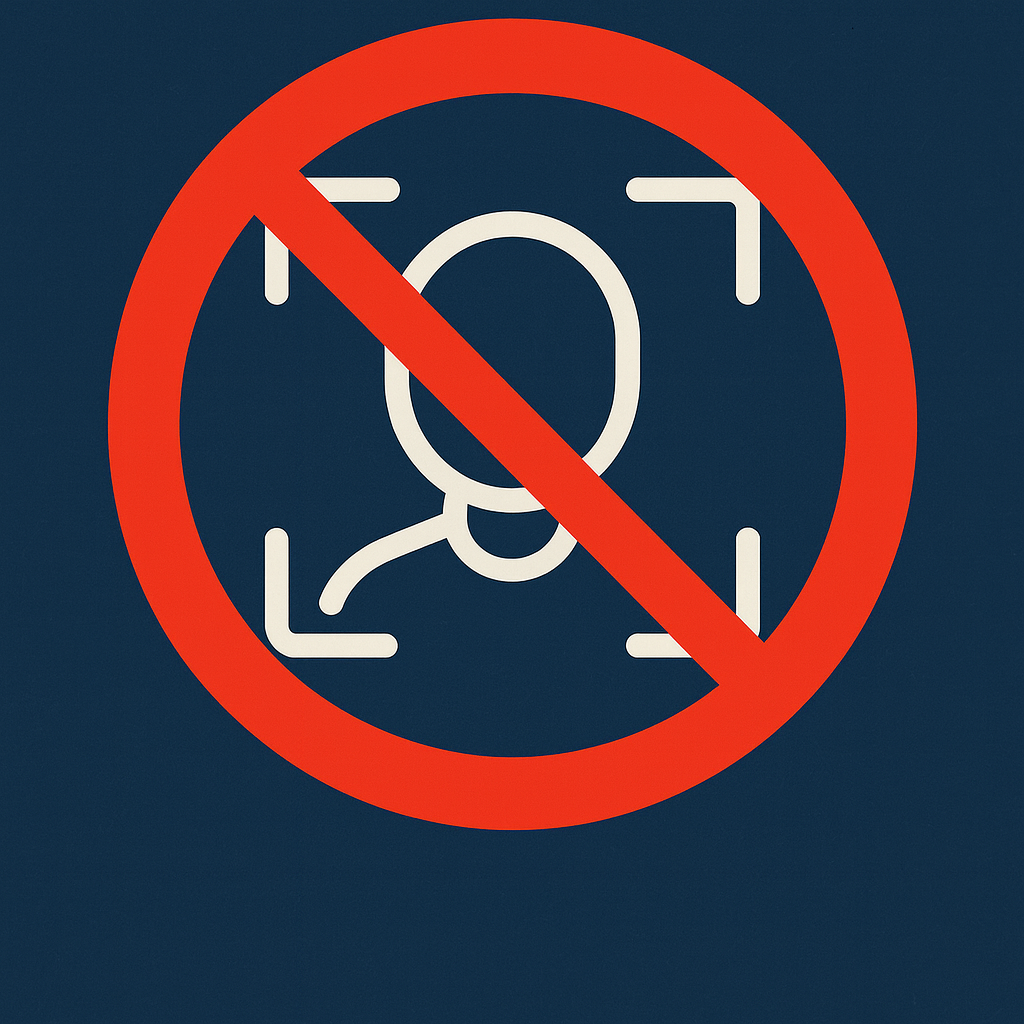
Technology moves quickly, and in youth sports, there is constant pressure to adopt the newest tools. Some innovations truly improve safety, organization, and efficiency. Others bring hidden risks that outweigh any promised benefits. Facial recognition falls into the second group. It is often marketed as a fast and easy way to verify identity, yet it can introduce serious problems for families and organizations that support young athletes. At National Sports ID, we made a clear decision never to use facial recognition in our verification process, and there are several important reasons why.
Lack of true consent in real time
A major concern with facial recognition is the absence of ongoing informed consent. Many systems run quietly in the background, capturing images and comparing them without participants fully understanding where that data goes or how long it stays there. In youth sports, parents and athletes deserve complete control over what information is collected and how it is stored. The ability to opt out must be simple at any moment. Once facial data is captured, that choice can become complicated or even unavailable. NSID avoids this issue by never collecting facial biometrics. Our verification process remains transparent, voluntary, and easy for families to manage.
High risk of misidentification during games and events
Sports environments are fast-paced. Lighting changes, players move constantly, and camera angles vary from moment to moment. These conditions increase the chance of misidentification with facial recognition. Errors can cause athletes to be flagged incorrectly, delayed from participating, or even excluded from play. For young players, a single mistake like this can be discouraging and embarrassing. NSID uses a document-based process with human review, so each verification remains accurate regardless of the environment.
Children change, and records must keep pace
A child changes significantly from year to year. An image captured at age nine may create recognition errors at age fourteen. Facial recognition systems are not designed to adapt gracefully to this natural growth. This can produce a flawed record that follows an athlete for years. NSID avoids storing biometric images entirely. Each verification is based on current, accurate information that reflects the athlete today rather than an image that may no longer match their appearance.
Lookalikes and digital manipulation create false security
Facial recognition can be fooled. Twins, siblings, or unrelated individuals who simply look alike can confuse the system. Advances in digital editing also make it possible to manipulate images in ways that trick automated checks. In youth sports, these weaknesses can be exploited to gain unfair advantages. NSID relies on secure document verification that confirms identity using trusted records and human oversight. We verify facts rather than faces, which makes the process far more reliable.
The risk of normalizing constant monitoring
Even when intentions are good, facial recognition can normalize a culture of monitoring. What begins as a simple identity check may expand into tracking attendance and movements beyond the original purpose. That kind of surveillance culture does not belong in youth sports. The priority should always be participation, learning, and enjoyment. NSID built its system for a single purpose, which is to verify eligibility. Once verification is complete, we do not track or monitor athletes.
Why the NSID choice matters
Our decision to avoid facial recognition reflects a broader commitment to trust, privacy, and fairness for every participant. Identity verification should be accurate, secure, and respectful of each athlete and family. By using trusted documents and human review, we deliver a process that works without storing sensitive biometric data or relying on algorithms that may misidentify or overreach. Parents, coaches, and organizations choose NSID because our approach focuses on what is best for athletes and on keeping the game safe and fair for everyone.
If you want to learn more about how our verification works, visit
How It Works. For questions about data practices, see our
Privacy Policy. To bring verified and fair play to your league or tournament, explore
Contact Us for a demo.
